| 

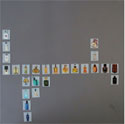
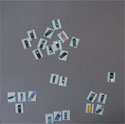
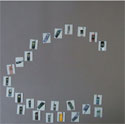

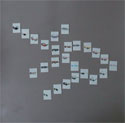
|
CHAPTER
5  pdf (1.1 Mb)
pdf (1.1 Mb)
To explore the feasibility of a visual database of
design precedents a better understanding of how designers actually
organize existing products was acquired. An organizing task, in
which a collection of product examples had to be arranged, grouped
and named, was designed and evaluated as a possible procedure for
indexing products into a database.
Two groups of senior students of Industrial Design
Engineering from Delft performed the task with four different classes
of products, with one group receiving additional information in
the form of a design brief. This condition was added to determine
if such a design brief would lead to more similar organizations,
induced by the abstract features which were listed in the brief.
RESULTS
Organizing products proved to be a natural and meaningful activity
for designers, even though it did concern arranging, grouping and
naming products on levels different from the common basic level.
The names given to the groups could be easily assigned to the three
product typologies, which indicated that these typologies together
sufficiently span the space used by designers for organizing and
describing products. The extra freedom given in the arranging task,
in which grouping was not explicitly required, did not lead to readily
interpreted information above that obtained in the grouping task.
A two-step indexing procedure, consisting of a grouping task and
a naming task, therefore seemed to be a suitable approach for entering
products into the database.
The specific characteristics of a product class, such as telephones
or sunglasses, did not seem to influence the organizing behavior of
the subjects. The way(s) in which they arranged, grouped and named
the products appeared to be consistent across all four product classes.
Contrary to what was expected the design brief did not result into
different organizations. This was attributed to the fact that the
features listed in the brief were probably given less importance by
the subjects in their assessments than the features of the products
themselves, which were much more prominently and visually present
during the experiment.
|
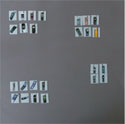



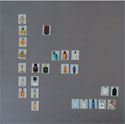

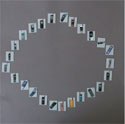
|
